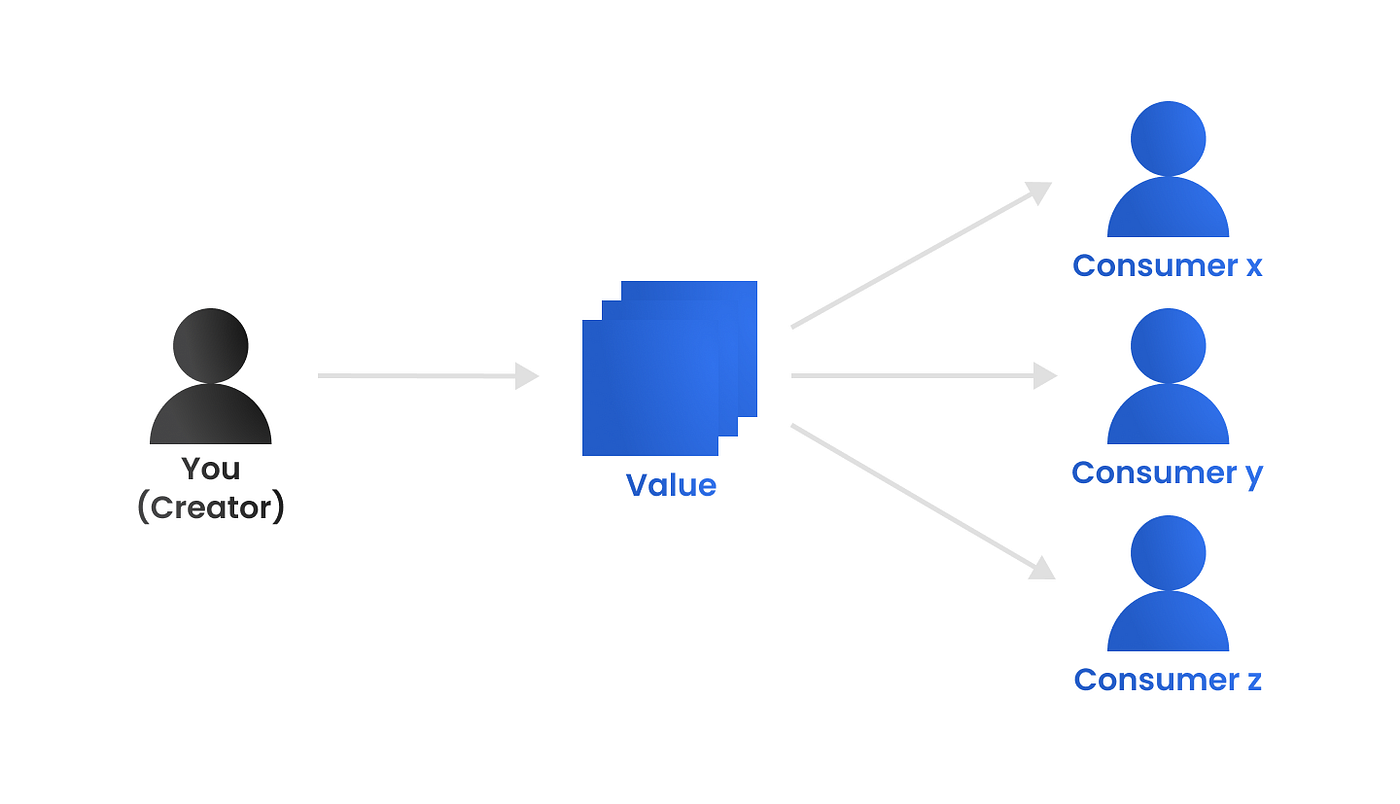
HX (Human Experience) — Keep it in mind to create more value
When you create more value, you become more valuable.
We are talking a lot about UX — User Experience or CX — Customer Experience and those terms sound very specific to a domain or very technical. But think simply, I believe whatever-experience, it is the past, the present, and the future of things, no matter how developed technology or AI is, and importantly the HX — Human experience.
Let’s get started shortly with the terms and definition:

UX: User Experience, the experience of the user when they use/interact with the product.
CX: Customer Experience, the experience of the customer when they consume the product.
so HX: Human Experience, is simply the human’s experience, our experience when we do things. We can be users, we can be customers or sellers doesn’t matter. We are all human, and HX follows us everywhere, every time.
Why we should always keep HX in mind to create values?
In our job, we always create deliverables to be input for the other activities or the other actors.
- Being a Software Developer, you create LOC (Lines of Code) to be used for a component or to create a software.
- Being a UI Designer, you design the software GUI to be used for implementation by Developers, and you are using the inputs from the UX Designer with his/her research activities.
- Being a Recruiter, you are trying to get the right resources for the company.
- And being a “free-time” writer, I am writing an article that might help people to enhance the human experience of their work’s outcomes.

So we always create or deliver something, but we don’t always create values, unless…
Since we always create outcomes, if the next actor in the process is someone or some parties, we will need to keep HX in mind, to make the process work smoothly and optimize the values that we can deliver.
Following the example of a UI designer above, of course, your main goal is to coordinate with the UX designer, plan, ideate, design, test, improve and repeat to create a good UX design for the user (UX). But remember your output is not going to be used by the user. The user only uses the final released product from the team. Instead, Developers, Tester, Product Owner… are the very first consumers of your outputs. They are not the user, but they are human.
Besides performing a lot of user researches, creating a very good design for optimizing User Experience, do you also:
- Make sure that your design is understandable for Developers?
- Provide enough annotations, guidances, and clarifications on your design so Developers can implement exactly what you want to achieve?
- Include bad-weather scenarios, field-validations and cover the whole UI stack to help Testers write test-cases?

This is why we should always keep HX in mind, to “satisfy” the other human stakeholders who interact with our outcomes, it’s not only about finishing your job, it’s about how to help others use your deliverable efficiently. This is creating values.
It’s not only about finishing your job, it’s about how to help others use your deliverable efficiently. This is creating values.
So when you do your job, make sure you keep in mind the experience of someone who is going to use your outputs:
- When you create the presentation, make sure the audience can see, can read and can understand your information easily.
- When you write an email, make sure the receiver can receive your message quickly and clearly.
- When you provide a sharing or training, make sure the trainees understand and can perform the task themselves afterward…
Before you deliver the outcomes of your job to stakeholders, question yourself:
- Can they receive and use the outputs easily and efficiently?
- What can you improve to make it easier to use for stakeholders?
In conclusion, keep HX in mind — It’s not about getting the job done, it’s about creating the values at your job.
(And when you create more value, you become more valuable!)


